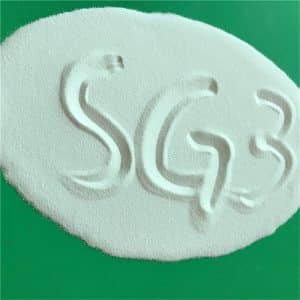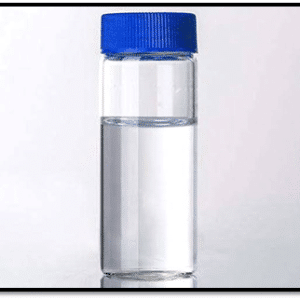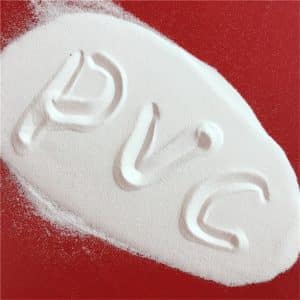Description
Unveiling Ethylene Glycol Monovinyl Ether: A Versatile Chemical Building Block
Beyond the Basics: Exploring the Applications of Ethylene Glycol Monovinyl Ether
Ethylene Glycol Monovinyl Ether: More than Just a Name
Article Body:
Ethylene Glycol Monovinyl Ether: A Versatile Chemical Building Block
In the vast world of organic chemistry, there exists a compound that, while perhaps not a household name, plays a crucial role in various industrial applications. That compound is ethylene glycol monovinyl ether (EGMEVE). This seemingly complex name belongs to a molecule with a unique combination of properties that makes it a valuable building block in the synthesis of polymers, adhesives, and more.
Understanding the Chemistry
Let’s break down what ethylene glycol monovinyl ether actually is. Chemically, it’s represented as CH₂=CHOCH₂CH₂OH. As the name suggests, it’s an ether, meaning it has an oxygen atom connecting two carbon groups. More specifically:
Ethylene Glycol: It incorporates a portion of the ethylene glycol molecule, a diol (containing two hydroxyl -OH groups).
Monovinyl Ether: It contains the vinyl ether group (-CHOCH=CH₂), meaning one of the hydroxyl groups of ethylene glycol is replaced by a vinyl ether function.
This specific structure grants EGMEVE a unique set of physical and chemical properties, making it a valuable tool for chemists and materials scientists. It is typically a colorless to pale yellow liquid with a mild odor.
Key Properties:
Reactivity: The presence of the vinyl ether group makes it highly reactive with various functional groups. This allows for the formation of complex polymer structures by mechanisms like polymerization with other monomers.
Solubility: It is miscible with most organic solvents making it easy to work with in a lab setting. It also possesses a moderate solubility in water, adding to its versatility.
Dual Functionality: The presence of both the ether and hydroxyl (-OH) groups allows for crosslinking reaction and reaction using both of these functional groups.
Low Toxicity: EGMEVE generally exhibits low toxicity compared to some other industrial chemicals, making it a safer option in many applications.
Applications and Uses:
The diverse properties of EGMEVE have resulted in a wide range of applications:
Polymer Chemistry:
Monomer for Polymers: EGMEVE is primarily used as a monomer in the synthesis of specialty polymers. Its reactive vinyl ether group enables it to be incorporated into chains via free-radical polymerization or cationic polymerisation resulting in polymers with customizable properties.
Crosslinking Agent: The hydroxyl group can be further reacted to produce polymers with valuable properties like enhanced adhesion and thermal stability.
Copolymers: It is often copolymerized with other monomers (such as vinyl acetate) to tailor the final polymer’s properties and to produce new polymeric materials and coatings.
Adhesives and Sealants:
Improved Adhesion: Polymers based on EGMEVE show excellent adhesion properties to a diversity of substrates creating durable, high performance adhesives.
Versatility: These adhesives can be formulated for different end-uses, including pressure sensitive adhesives, and structural adhesives.
Crosslinking: The hydroxyl group enables crosslinking in adhesive formulations that increases their strength, durability and resistance to solvents.
Coatings:
Film Formation: EGMEVE-based polymers find applications in coatings due to their ability to form durable films with desirable properties like gloss, hardness and flexibility.
Improved Adhesion: These polymers can improve adhesion to substrates in coatings while also providing corrosion resistance.
Other Specialized Applications:
Chemical Intermediates: It serves as a critical intermediate in the synthesis of numerous chemicals and pharmaceuticals and other chemical compounds.
Textile Industry: Can be used in textile treating and finishing processes.
Lubricants: This is also used to formulate lubricants and greases due to its reactivity and ability to improve performance characteristics.
The Future of EGMEVE
As research progresses on new polymer chemistries, ethylene glycol monovinyl ether will likely find even more varied and expanded applications. As well as being useful as is, its presence of the hydroxyl and vinyl ether functionality makes it an important intermediate. The potential for its role in developing advanced materials, adhesives, and coatings remains substantial. Its relatively low toxicity coupled with its broad range of properties and reactivity profile will keep making it a valuable chemical building block for years to come.
Conclusion
Ethylene glycol monovinyl ether, though an often unnoticed chemical, is a vital component in the creation of a wide range of products used today. From advanced polymer synthesis to critical components in adhesives, the versatility of EGMEVE highlights its importance in the field of chemistry and materials science. As technology advances and the need for high-performance materials increases, EGMEVE is poised to play an even more significant role in future innovations.
Possible additions/adjustments:
More Specific Examples: You could add specific examples of commercial products that utilize EGMEVE.
Safety Considerations: A brief discussion on the safe handling and storage of this chemical could be included.
Market Trends: If relevant, discussing the demand and market trends for EGMEVE could be added.
This article covers the essential information relating to Ethylene Glycol Monovinyl Ether, presenting it in a clear and engaging manner. Remember to choose a headline that best fits your target audience and the specific context of your publication.







Reviews
There are no reviews yet.